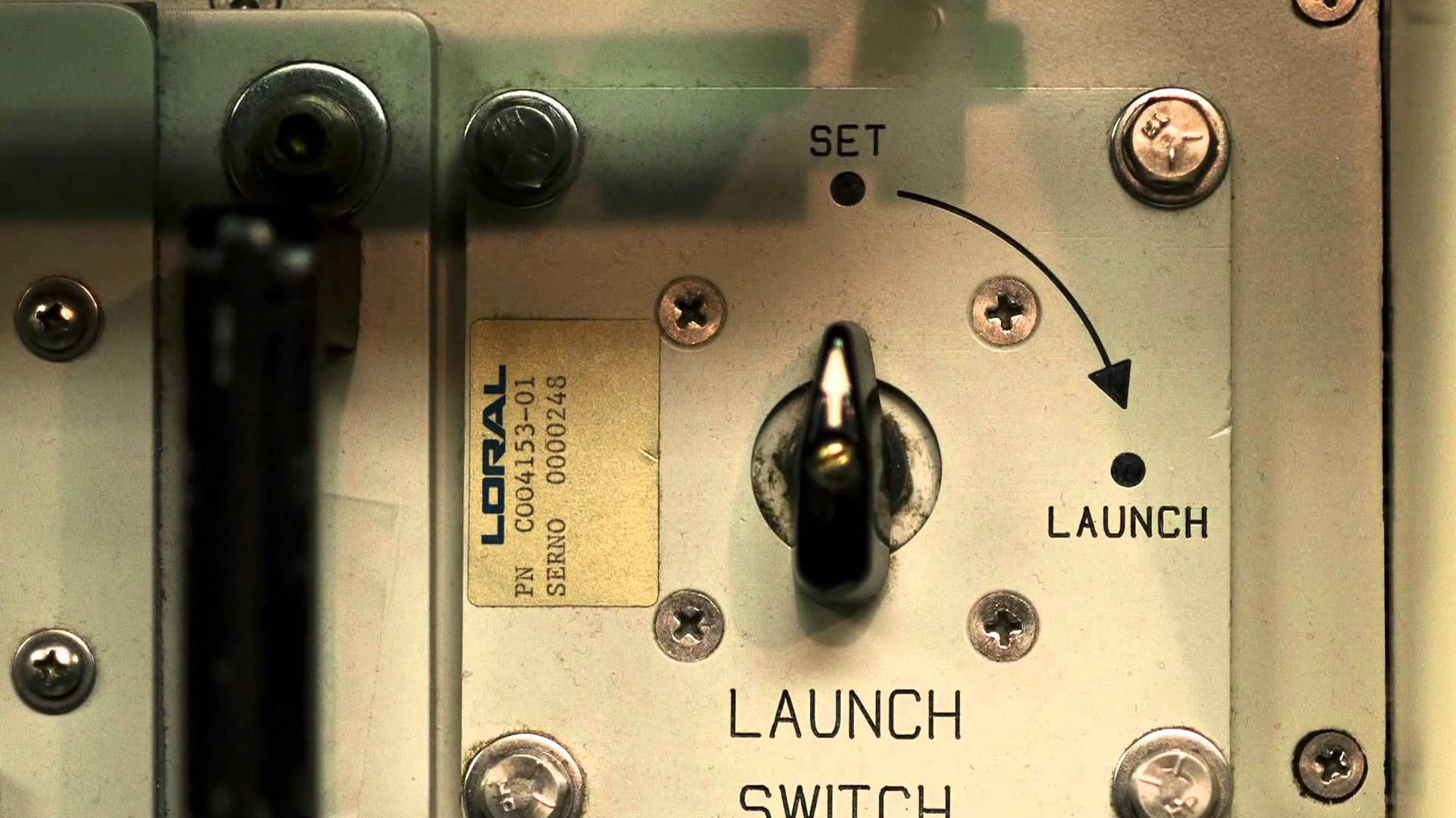Date
July 1982
Document
- View PDF (4 MB)
Description
This document was ordered to observe the development of the systems created to provide pathways from the National Command Authorities and the United States’ nuclear forces.
The study defined strategic connectivity as:
“…the facilities, systems, and procedures that interconnect the National Command Authorities, National Military Command System, nuclear CINCS, and nuclear executing commanders.”
The document begins its analysis of strategic connectivity in the 1950s. In this decade, the focus was placed on ensuring the President had control over any decision to utilize nuclear weapons, but little thought was put into coordinating the multitude of systems created or ensuring there would be any lasting system during a nuclear exchange.
It was in the 1960s that the command and control system became more developed. This began with the creation of the Worldwide Military Command and Control System which would allow the U.S. to execute orders in response to an attack. This is also when the Minimum Essential Emergency Communications Net was developed to create a survivable communication network to execute a response in the event of a nuclear attack. Pressured by advances in the Soviet nuclear program, and with current administrations favoring a flexible response over an all-out retaliation, the U.S. shifted its focus on bolstering its command and control systems. The current systems lacked unity and strong central control, and thus could not provide the flexibility required for such a policy.
Many flaws of the command, control and communication systems were revealed in the 1970s, and several improvements were implemented at the end of the decade. Several studies and evaluations of the current systems, such as the Evaluation Program, the Defense Science Board Study, the Strategic Air Command Strategic Connectivity Study, and the Navy Connectivity Study, among others, found that the strategic connectivity operations of the United States would be quickly crippled by an attack from the Soviets, whether it be anticipated or a surprise attack. Current operations only worked efficiently under peacetime conditions and were in need of major revitalization. In response to these studies, a Joint Staff directorate was created to oversee command, control, and communication. Many other initiatives were also put in place to create stronger warning, communication, and other systems that linked the National Command Authorities with the strategic forces. Under the leadership of President Carter and the newly created directives that focused primarily on strategic connectivity, the survivability and endurance of C3 systems became of key importance to the United States. This resulted in major budget increases totaling at 13.11 Billion dollars in 1982. The 1970s closed with many developments having been made to improve strategic connectivity. Most notably, the National Emergency Airborne Command Post was updated, warning systems increased detection ability from 60 to 96 percent, and the survivability of all systems also improved.
The document concludes with the actions of the current Reagan administration, which further increased the emphasis on strategic connectivity. An important study, known as the Wade Study, found several continued weaknesses in command, control, and communications systems despite recent improvements. Reagan then ranked C3 as the top priority of the United States nuclear program, approved a “Strategic Forces Modernization Program”, and increased funding for C3 by 47 percent. The historical analysis concludes by reflecting on the recent improvements the Reagan administration had made to strategic connectivity while noting that there is still much room for improvement in order to create a system that can operate in peacetime, trans-attack, and post-attack conditions.
Citation
Webb, Willard J., A Historical Study of Strategic Connectivity. Joint Chiefs of Staff. 1982.
Provenance
Obtained from the Homeland Security Digital Library
Topics
Document entry started by Jordan Cory on August 11, 2020. Entry last updated by Jordan Cory on August 11, 2020.

